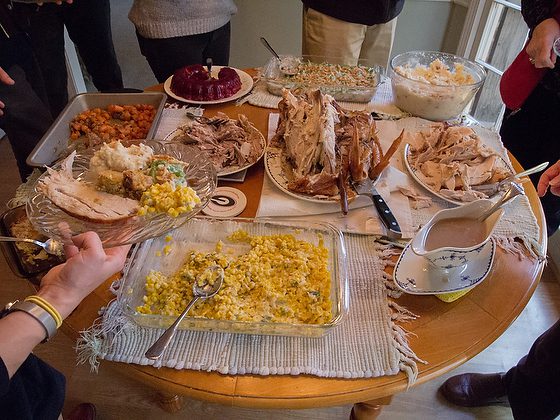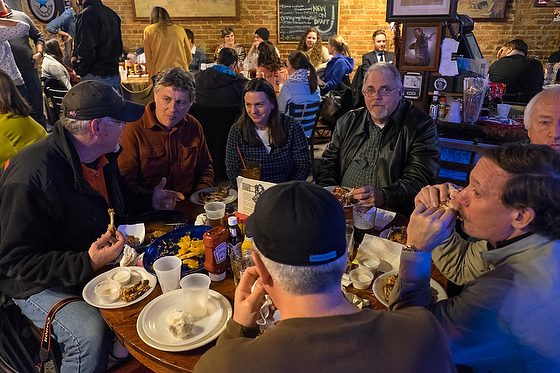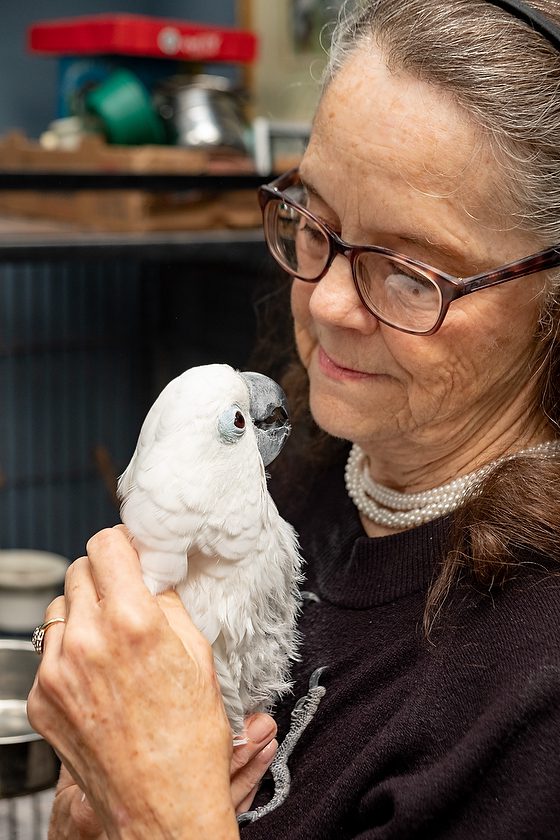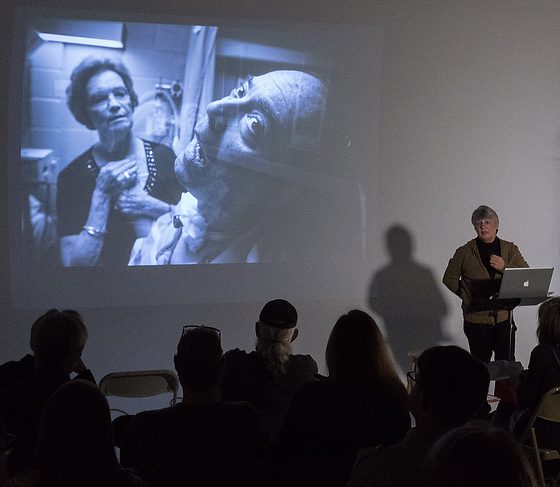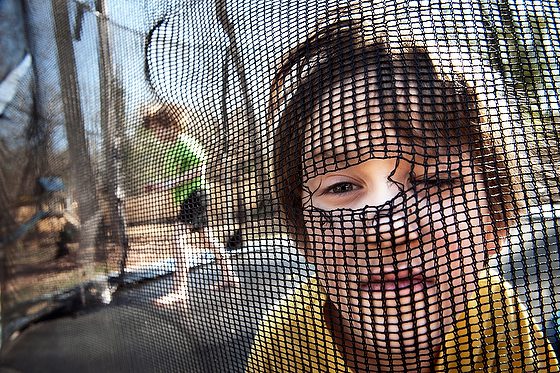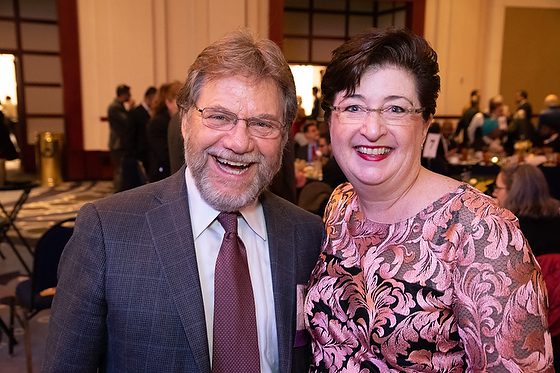
This past week I picked up the Nikon Z6 mirrorless camera. In s few days, I could put it through some assignments.

The first assignment I did with the camera was a headshot. I was thrilled with the performance of the camera with the headshot. The 85mm ƒ/1.8 never looked this sharp before to me.
Before I did this first assignment, I ran tests, and the first thing I realized was the files would not open in PhotoShop or Lightroom. The camera is so new that the RAW files are not readable.
The BETA-Version Adobe RAW converter is available on:

Georgia World Congress Center [NIKON Z 6, 24.0-105.0 mm f/4.0, ISO 11400, ƒ/5.6, 1/250]
The second assignment was shooting the SEC Fanzone event at the Championship game between Alabama and Georgia.

Georgia World Congress Center [NIKON Z 6, 24.0-105.0 mm f/4.0, ISO 1100, ƒ/5.6, 1/30]

Georgia World Congress Center [NIKON Z 6, 24.0-105.0 mm f/4.0, ISO 2200, ƒ/5.6, 1/50]
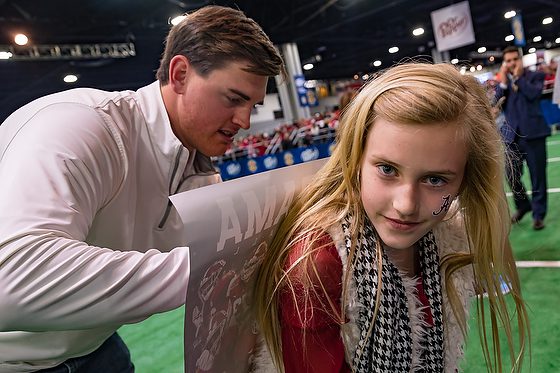
Georgia World Congress Center [NIKON Z 6, 24.0-105.0 mm f/4.0, ISO 900, ƒ/5.6, 1/30]

Georgia World Congress Center [NIKON Z 6, 24.0-105.0 mm f/4.0, ISO 5000, ƒ/5.6, 1/125]
I enjoyed using all my Nikon F-mount lenses and seeing what you will get before you press the shutter. I wanted the incredible sharpness due to no more anti-aliasing over the sensor.
I shot over a thousand images at the Fanfest with the Nikon Z6. I got a lot of great shots and was please with the performance of the camera.

Georgia World Congress Center [NIKON Z 6, 24.0-105.0 mm f/4.0, ISO 400, ƒ/5.6, 1/25]
I had to use an on-camera flash to get this photo of Hines Ward with a young fan. The image of Ward behind them was super bright jumbotron, and the only way to get them from not being silhouetted was with a flash. The Godox V860iiN worked just incredible with the camera.

After all day shooting, I charged up my batteries for the camera and me. By the way, I used three batteries all day shooting with the Nikon Z6.
Then Sunday, I shot another 1000+ images at a church covering all types of settings. Once again, the Nikon Z6 performed flawlessly.
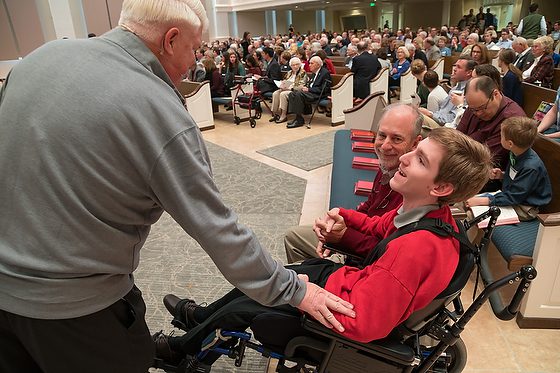
The camera, without putting it into silent mode, was already quiet compared to my Nikon D5, which I was also shooting.

I think the files look much better than my other Nikon D5 files. I think the new CMOS sensor with the new Expeed 6 processor gives much sharper images out of the camera.

It is fantastic to see what you will get before you click the shutter in those tricky lighting situations with mixed lighting.
I think the Z6 performed well and compared very similarly to the Nikon D750 I used to own. I think the Nikon D5 is the camera for sports and outperforms the Nikon Z6 in responsiveness. Well, it ought to be better at a ticket price of $6,500.
The best part of the Nikon Z6 for me is to have all the things I love about mirrorless but can now use all my Nikon glass.













